The Showreel features segments of the video game
Introduction: Abyss is a virtual reality game that immerses players in a detailed environment and compelling narrative, guiding them through a dark, forgotten underground city towards a mysterious portal that leads to the outside world. The portals are the central element of the game, designed to evoke a sense of awe and trepidation. For the game, I utilized Blender to model the game assets, and Unreal Engine to build the game environment and implement VR mechanics.
Concept & Storyline: The game revolves around a character trapped in the depths of an abandoned underground hive city. The player's objective is to navigate and explore the massive architecture, ultimately locating a portal that leads to the outside world.
Software used: Unreal Engine, Blender, Substance Painter
Creating The Portals
The Underground Portal: For the underground portal, I was going for a mystical look that appears both intimidating and captivating. The Portal's rusted pedestal covered with vines and glowing core creates a striking contrast against the dim abandoned city. The underground portal is made out of two elements the the orb and the pedestal.
The pedestal: The aim was to use uncomplicated shapes because at the time my UV mapping skills were still developing. Hence, I opted for a hexagonal structure, as it gives it an interesting look while also conveying strength and stability. While the wires were UV mapped similar to strands of hair.
The initial outcome: Initially, this wasn't intended to be the game's ending. The level featured a dense architectural structure with rays of light piercing through the gaps between buildings into the underground city. According to the game lore, the civilization utilized the pedestal to harness solar power, and the network of wires carried the power to the entire city.
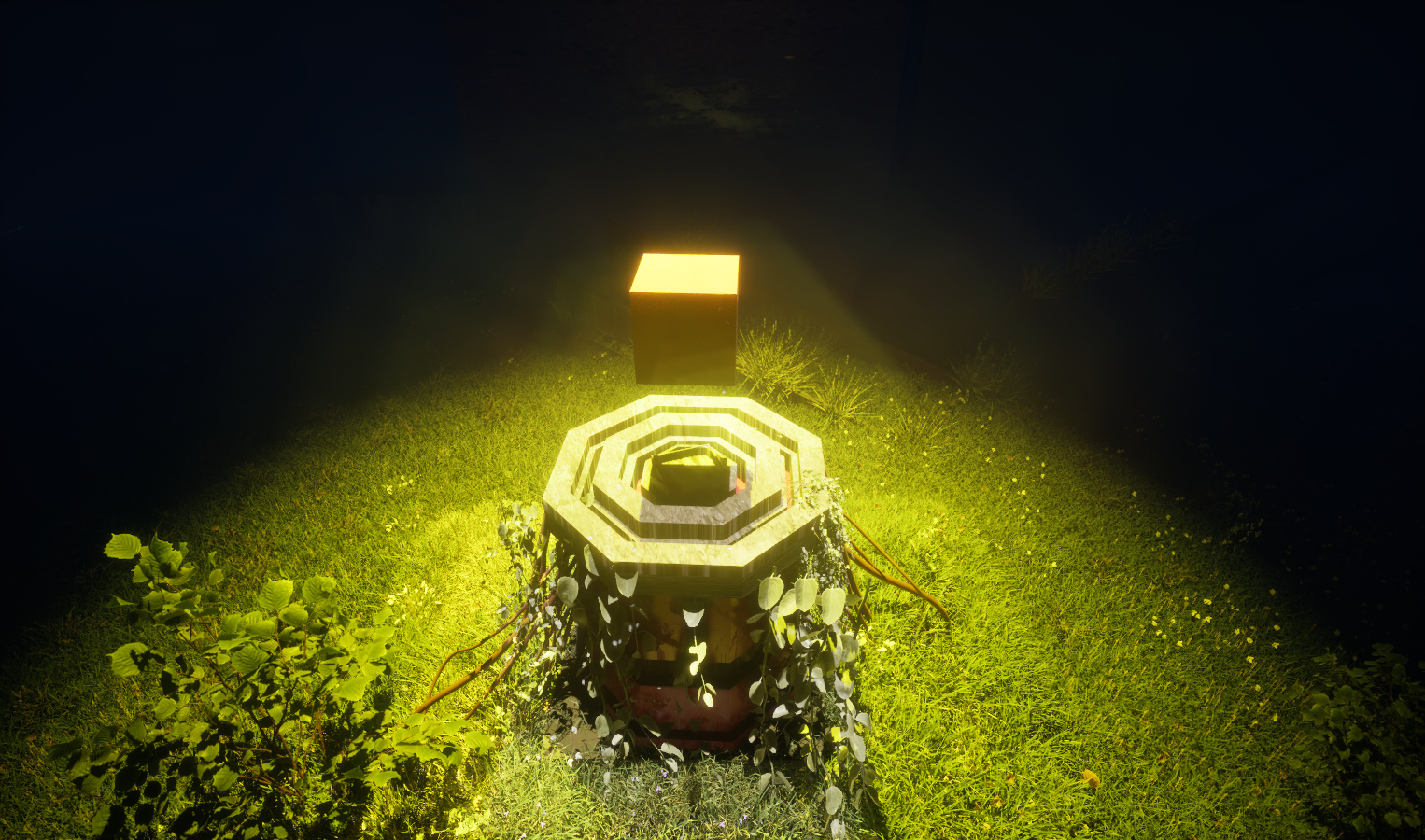
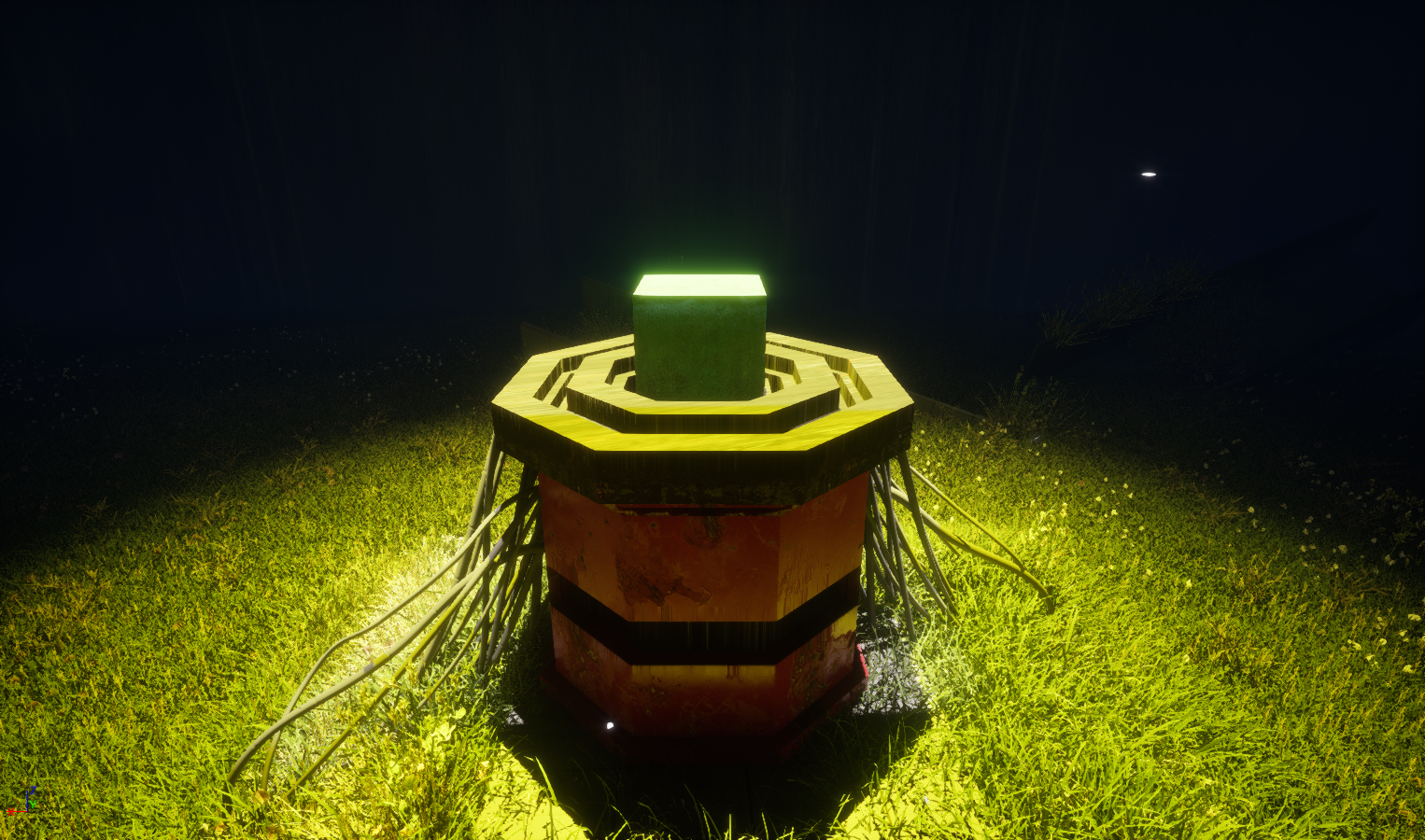
However, the outcome didn't quite match my original concept. Visually it lacked the captivating essence. I knew I wanted something grand and attention-grabbing. However, I chose to retain the network of wires in the final design, even though they serve more as an aesthetic feature rather than a functional one.
Experimenting with Niagra particles: In my initial outcome to create the light rays, my professor introduced me to Niagara particles, which piqued my interest. I researched and looked into online tutorials to learn how to manipulate them to create compelling effects.
After a few failed attempts I finally figured out how to achieve the effect.
Final Outcome:
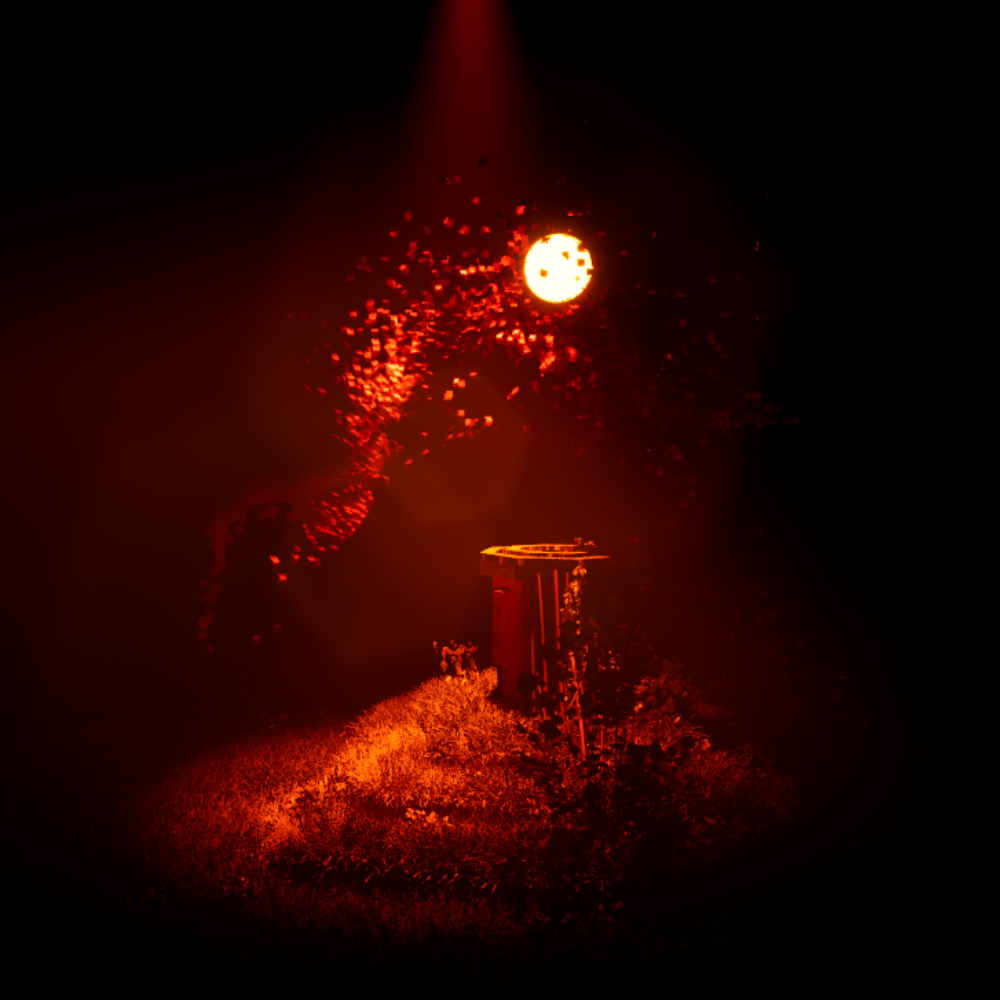
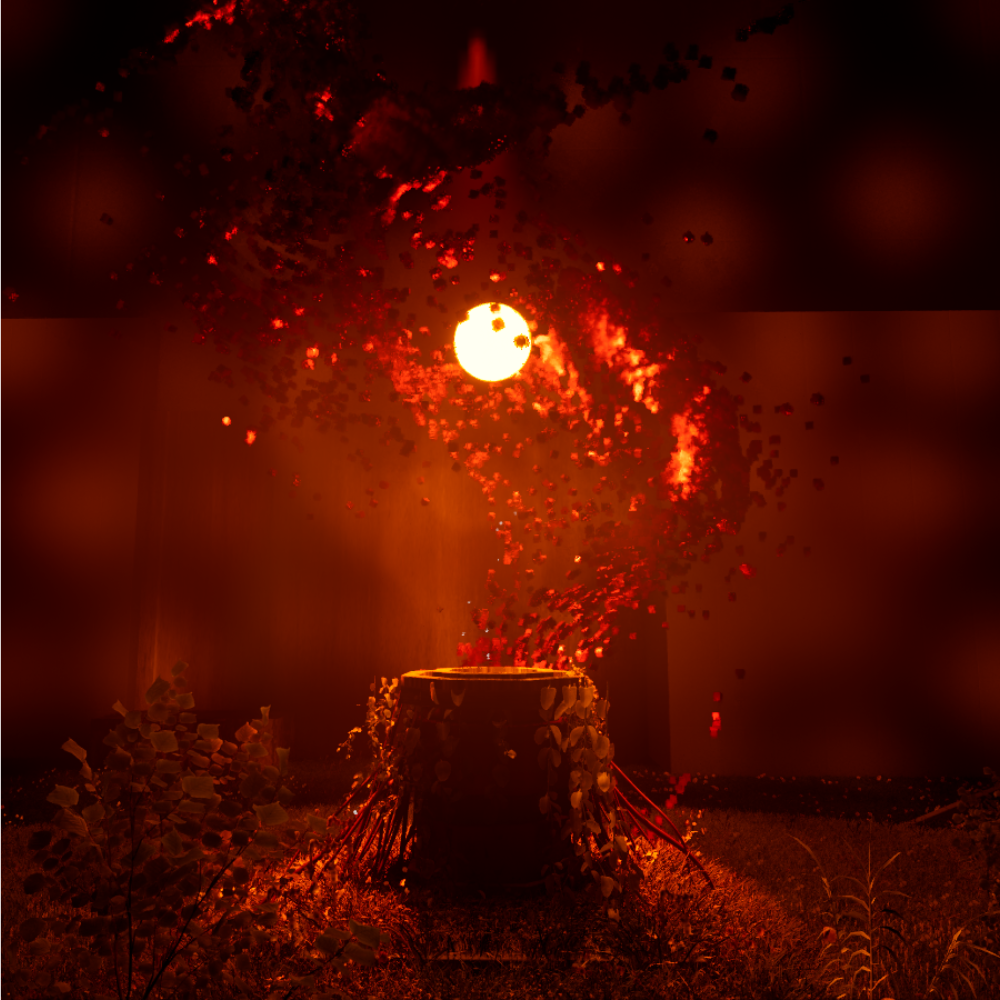
Outer World Portal: I aimed for a design that is rusted and unassuming to others in the outside world. The portal's weathered appearance allows it to blend into the natural environment. This design choice reflects the passage of time with an emphasis on natural decay and wear, contrasting with the mystical nature of the underground portal. The outer world portal was also created in Blender. The portal's glowing core in the middle was created using Niagra particles in Unreal Engine.
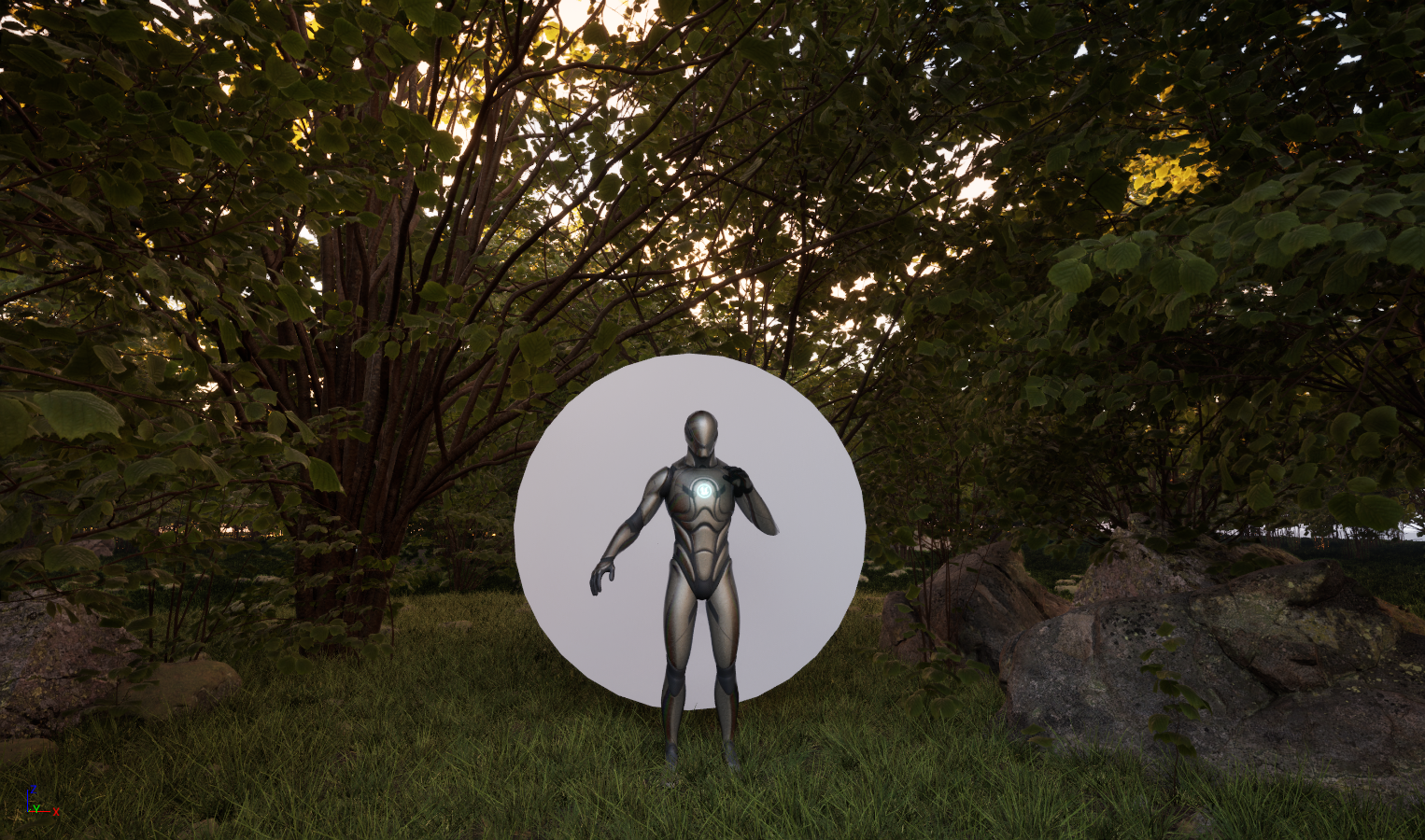
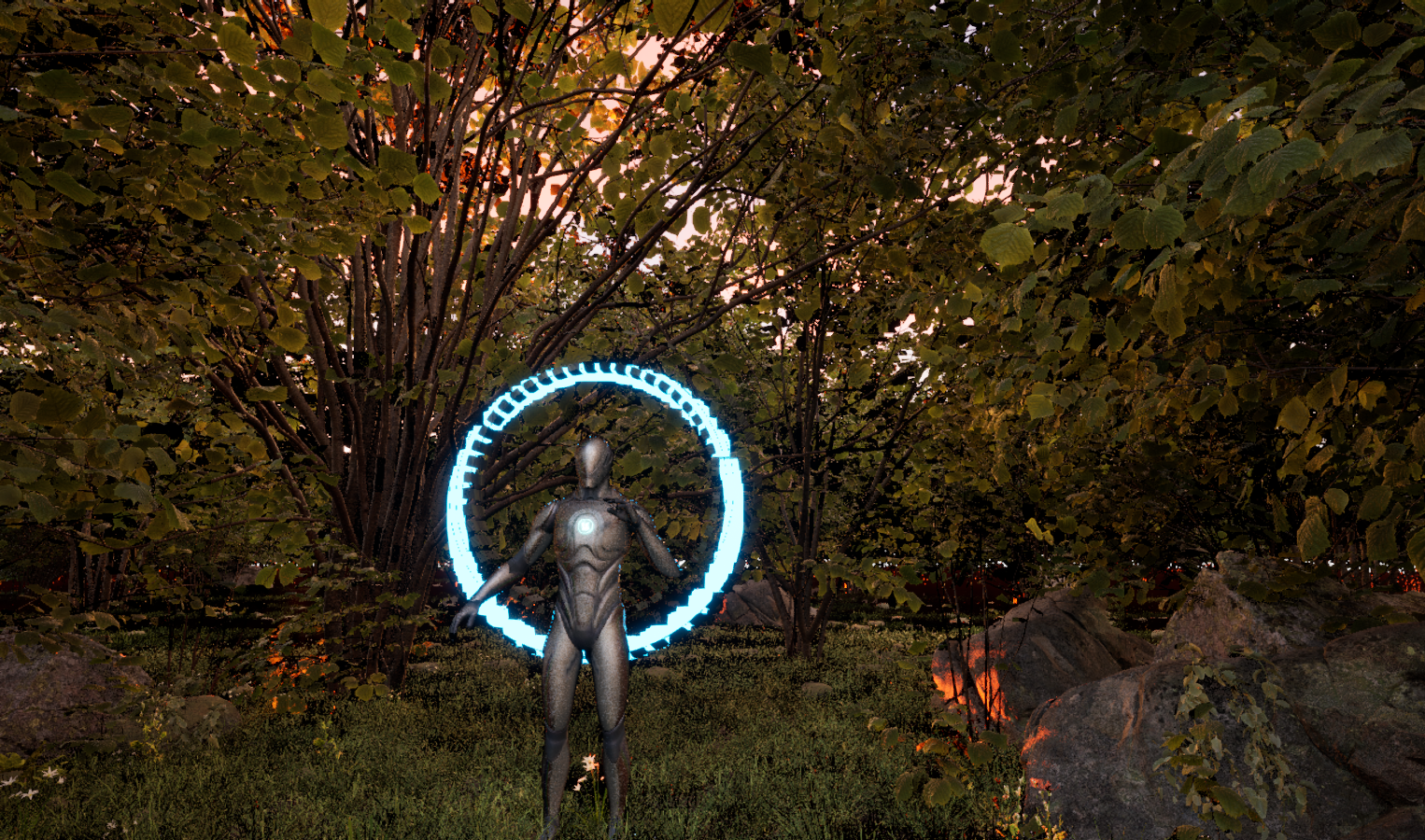
Creating the inner core in Blender and adding the Niagara Effect to it in Unreal Engine.

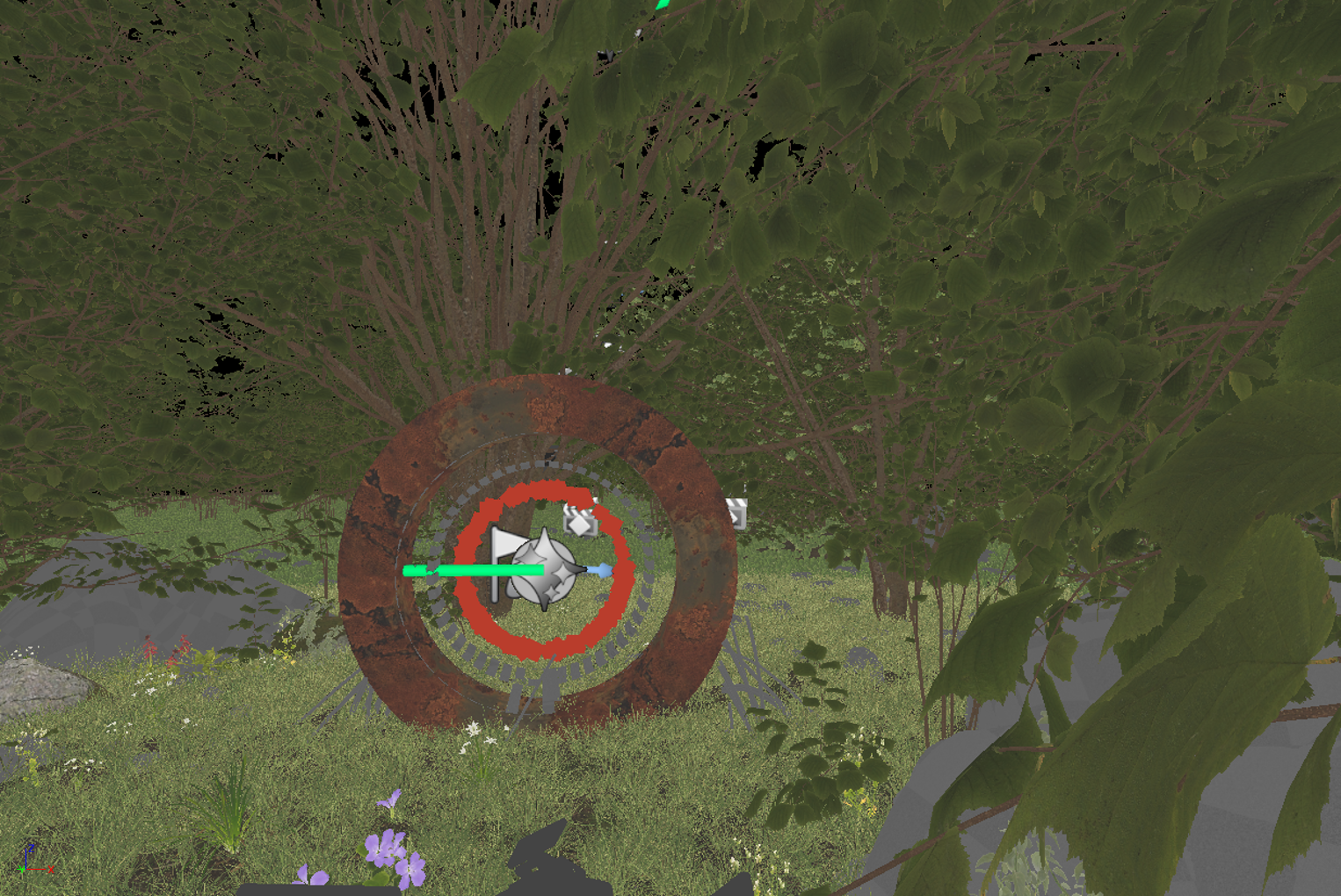
Final Outcome
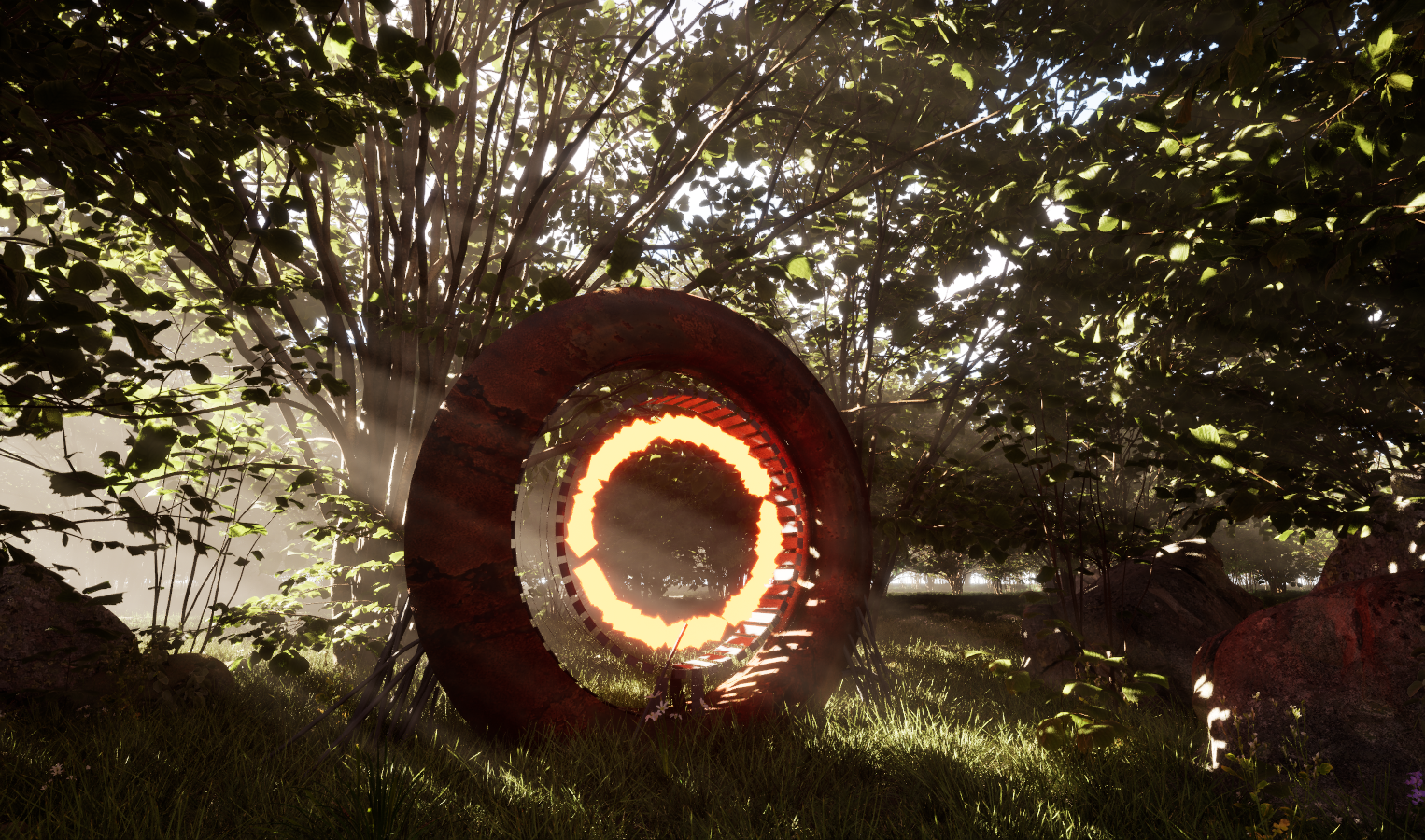
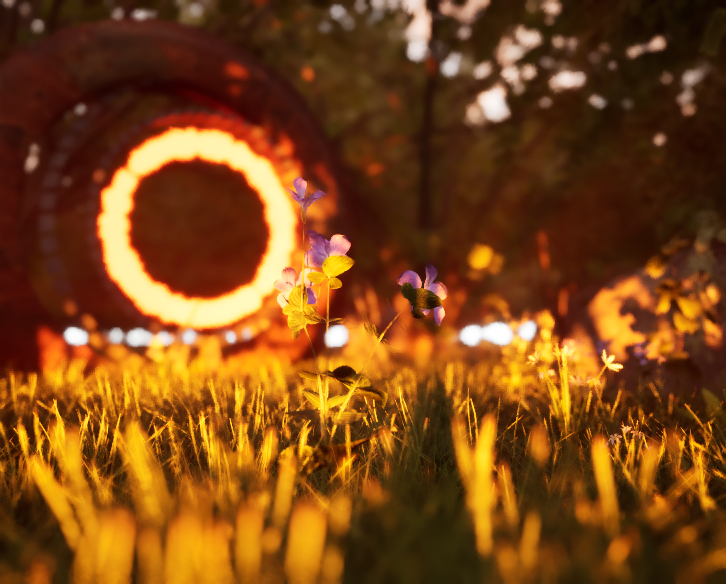
User Testing & Peer Review
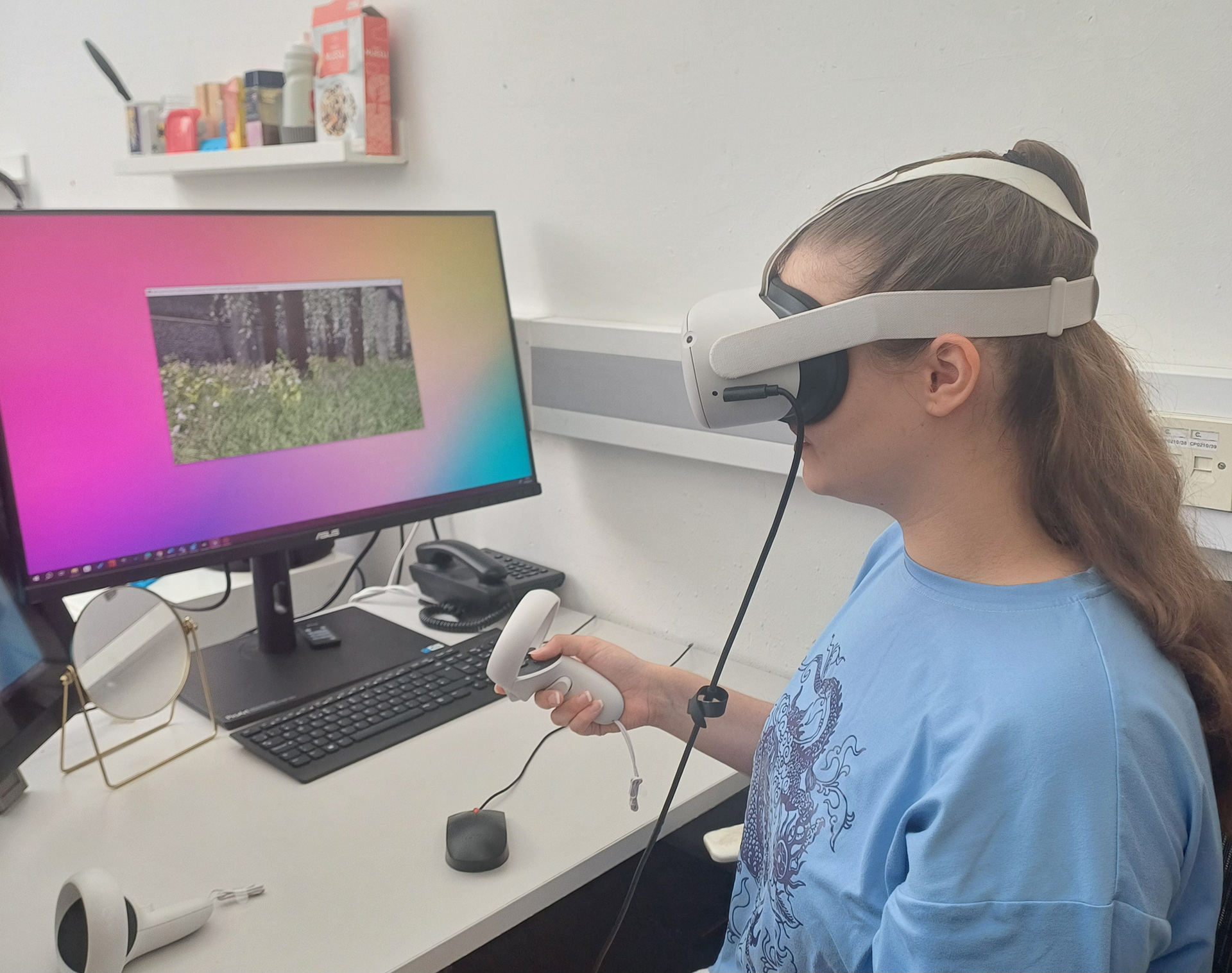
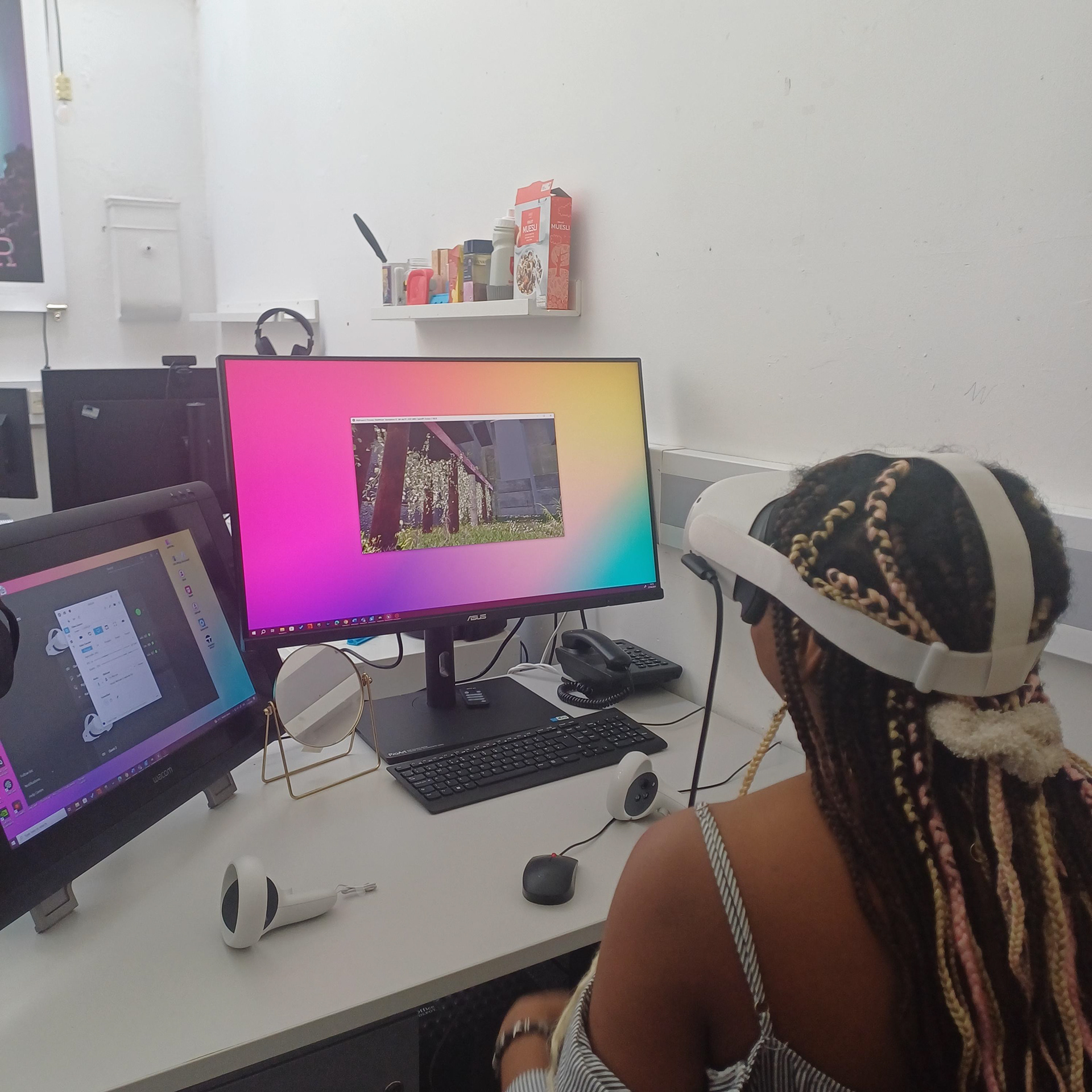
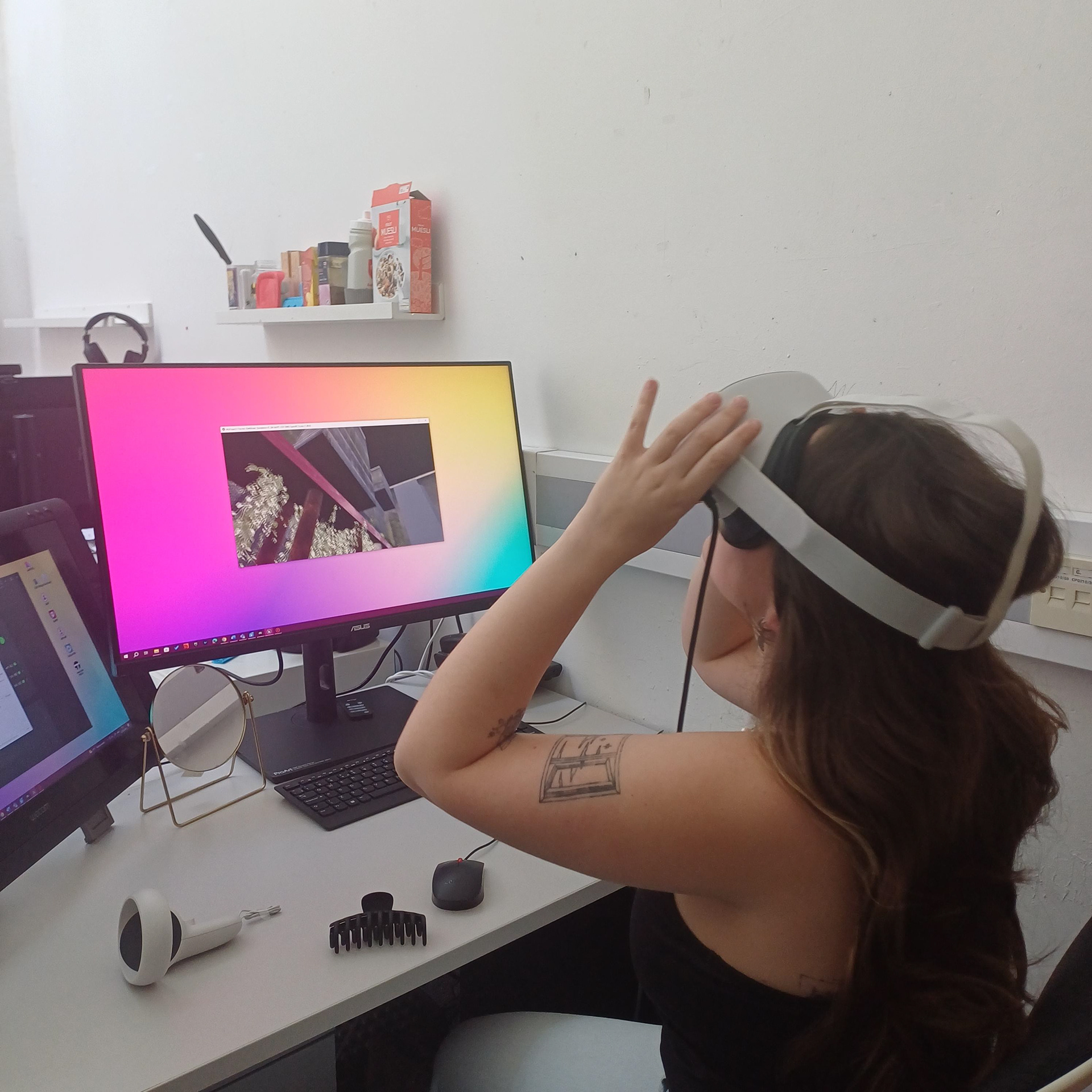
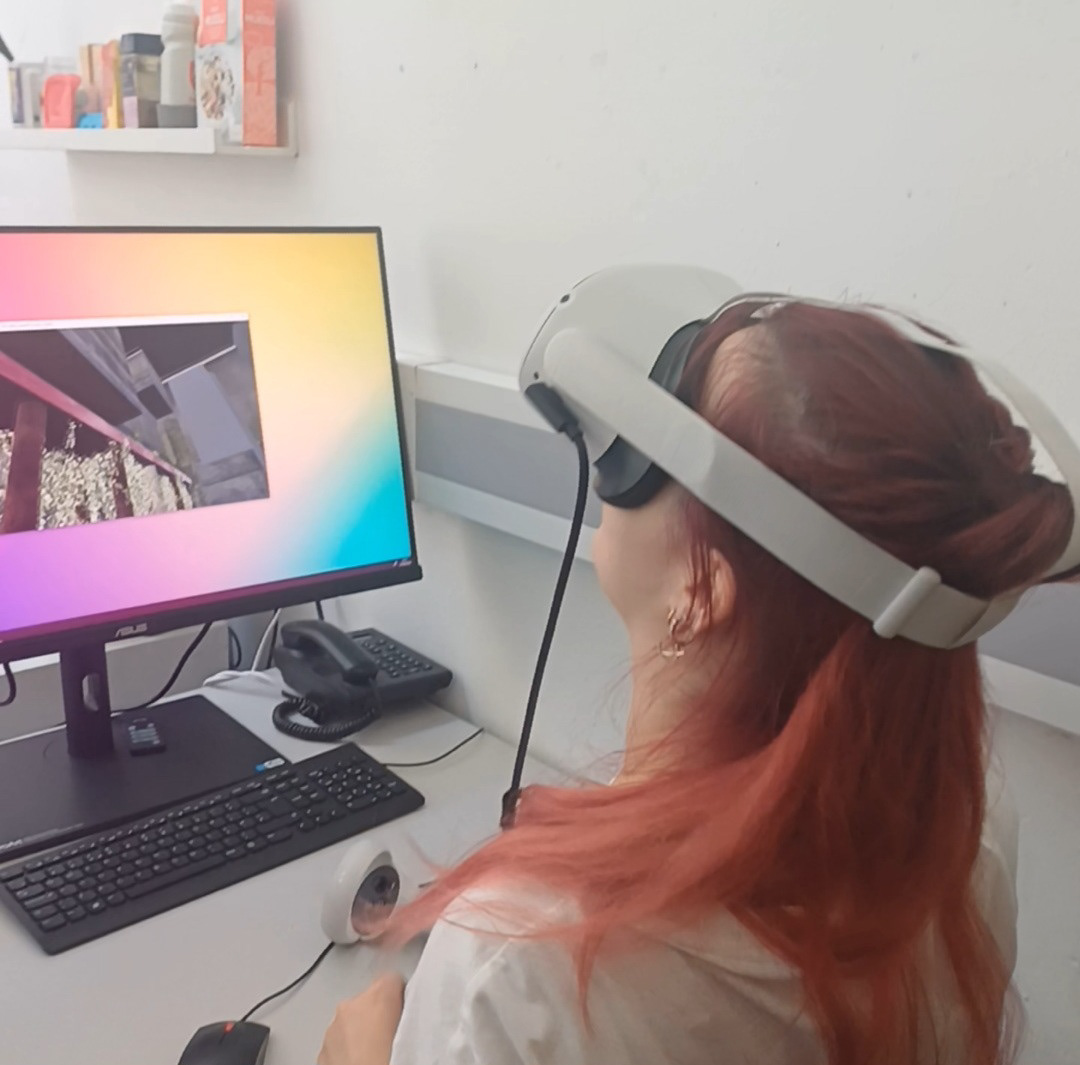

Showcasing at New Designers:
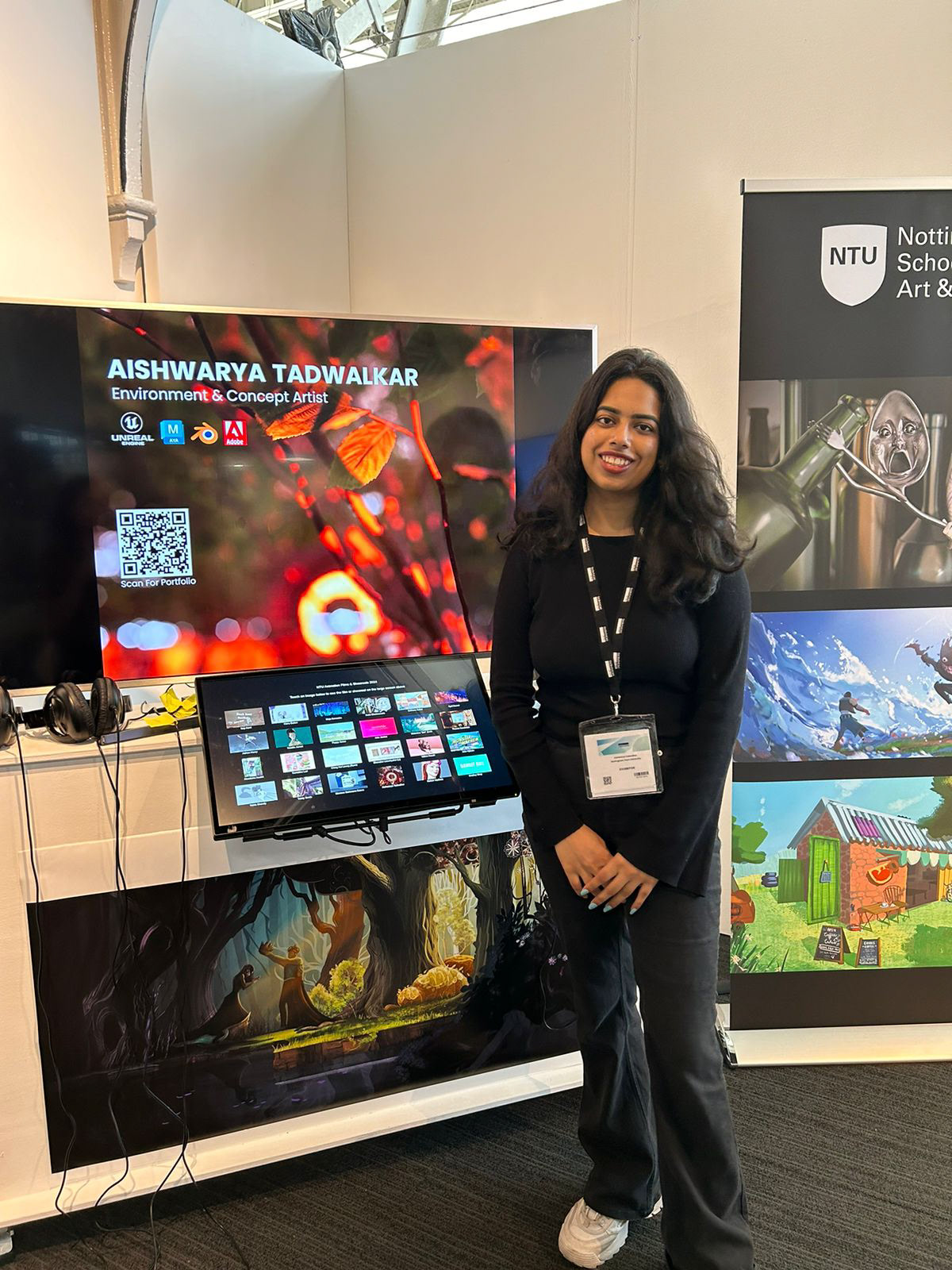
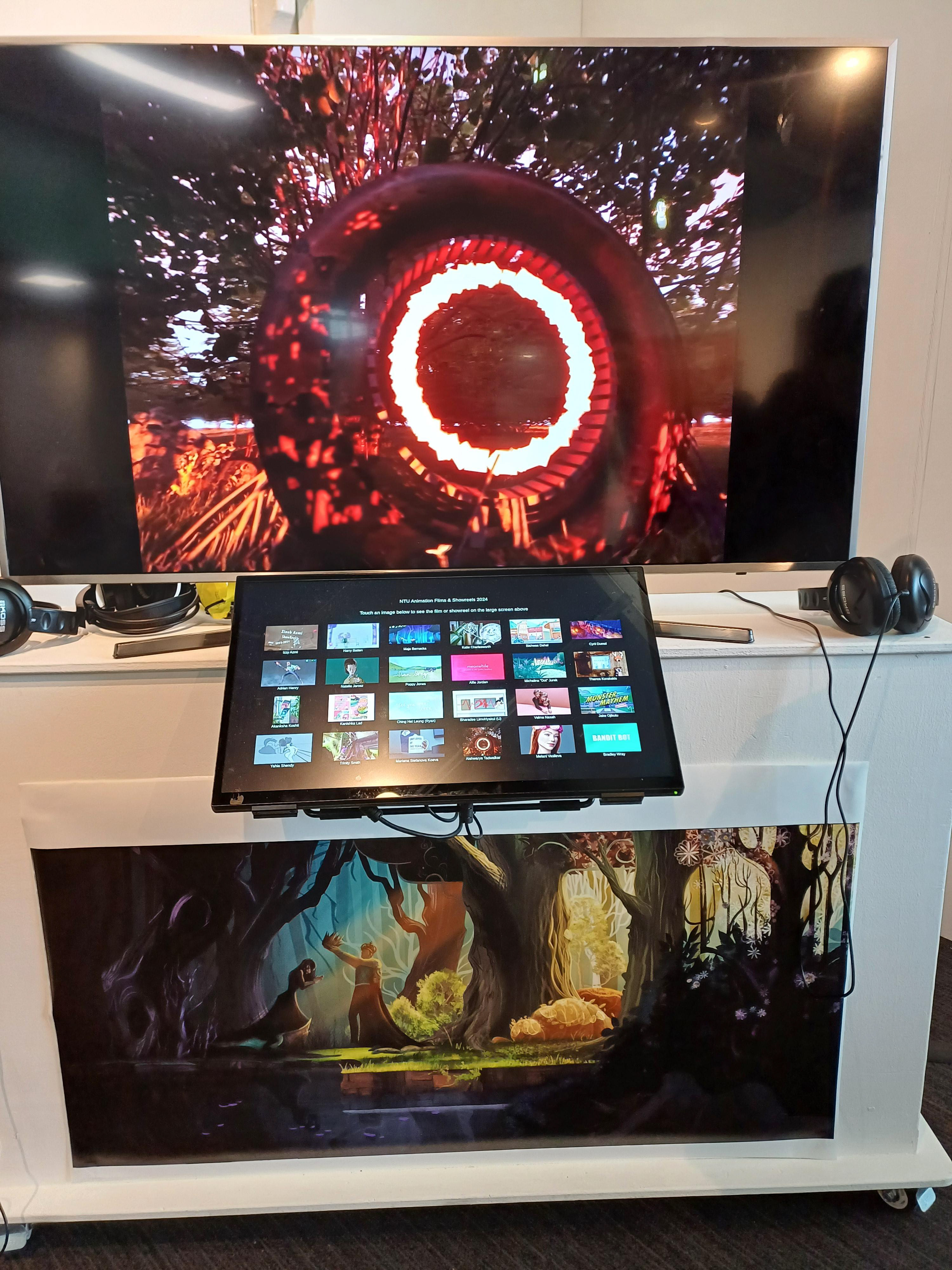
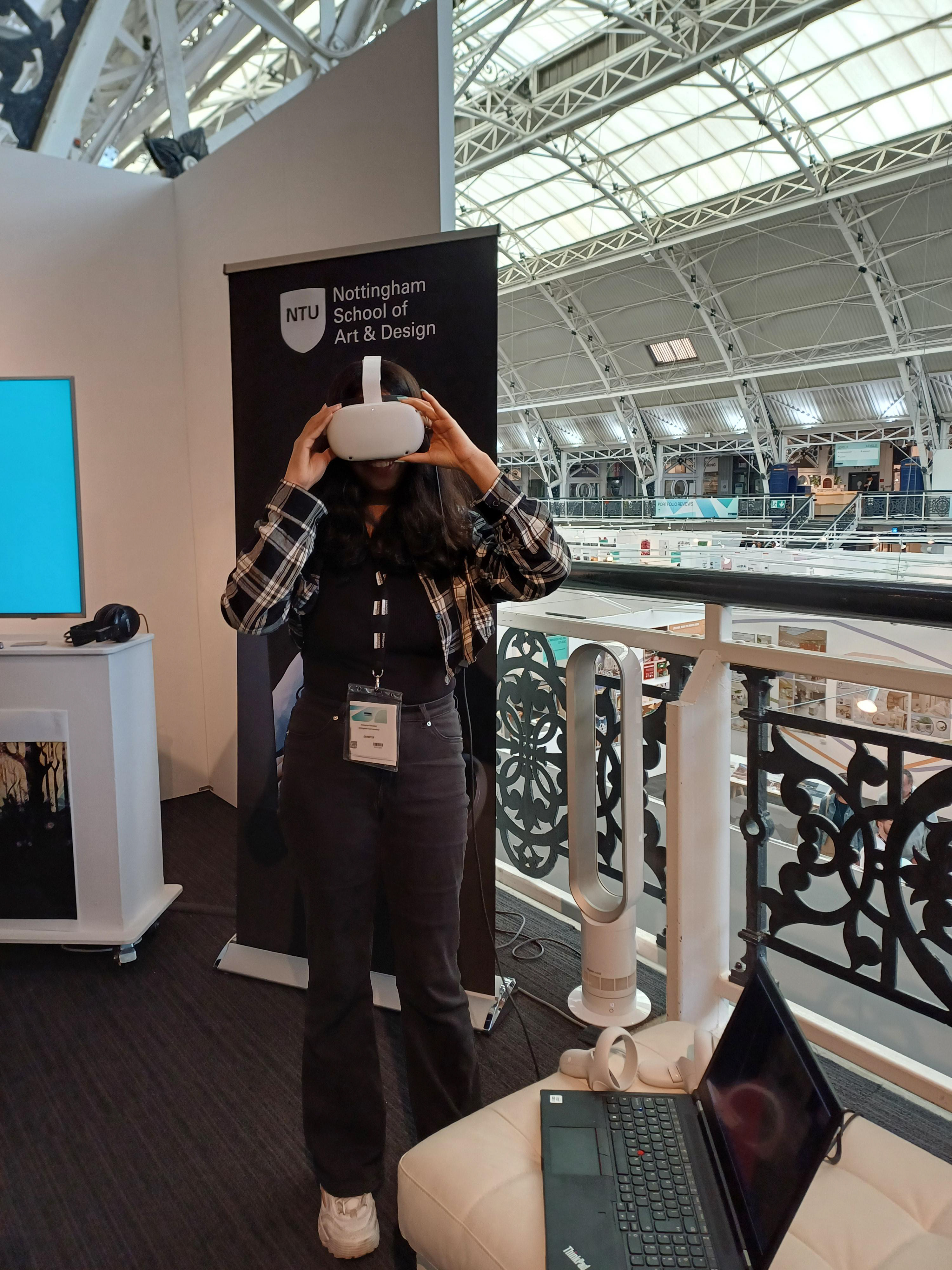

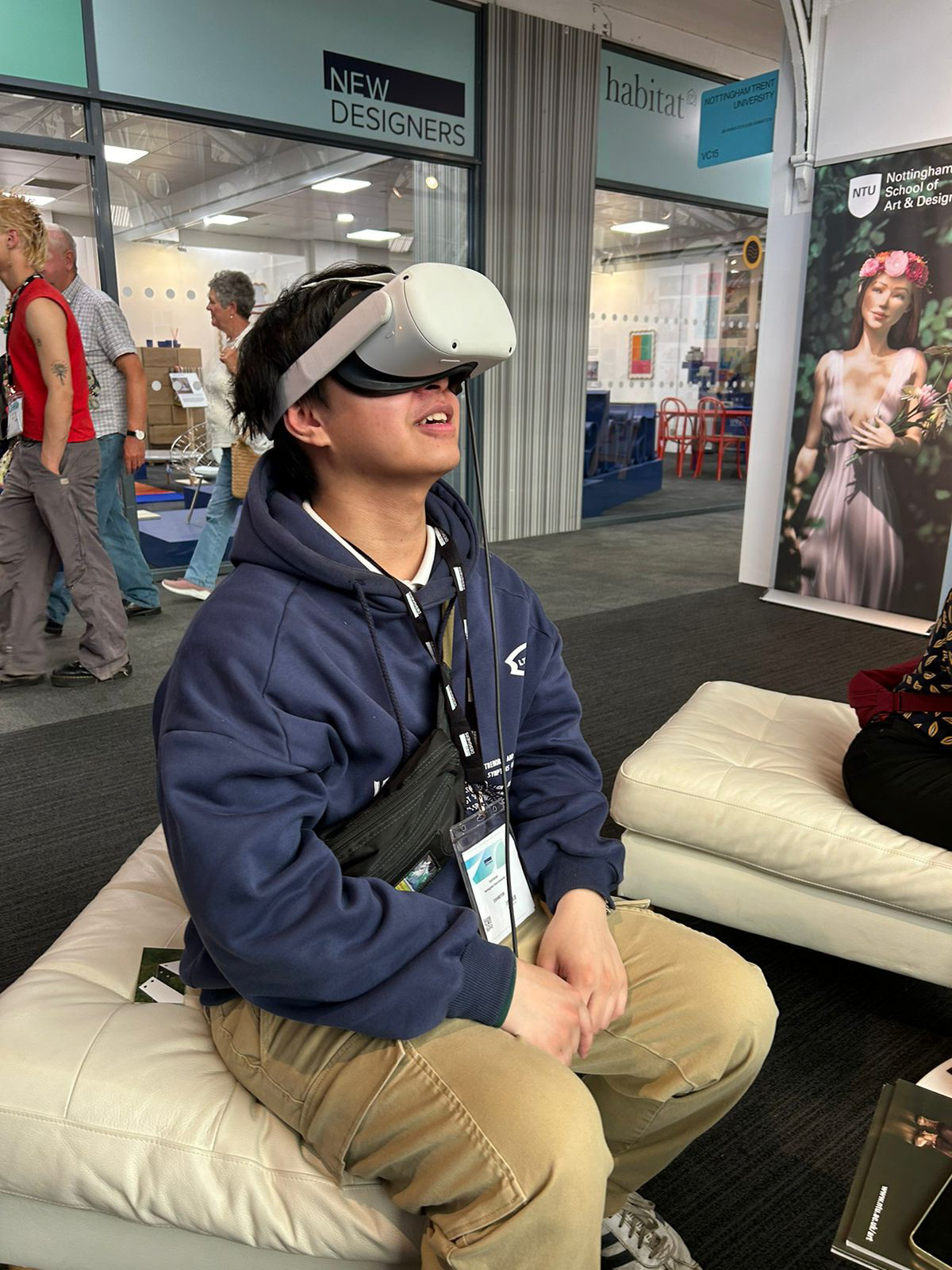

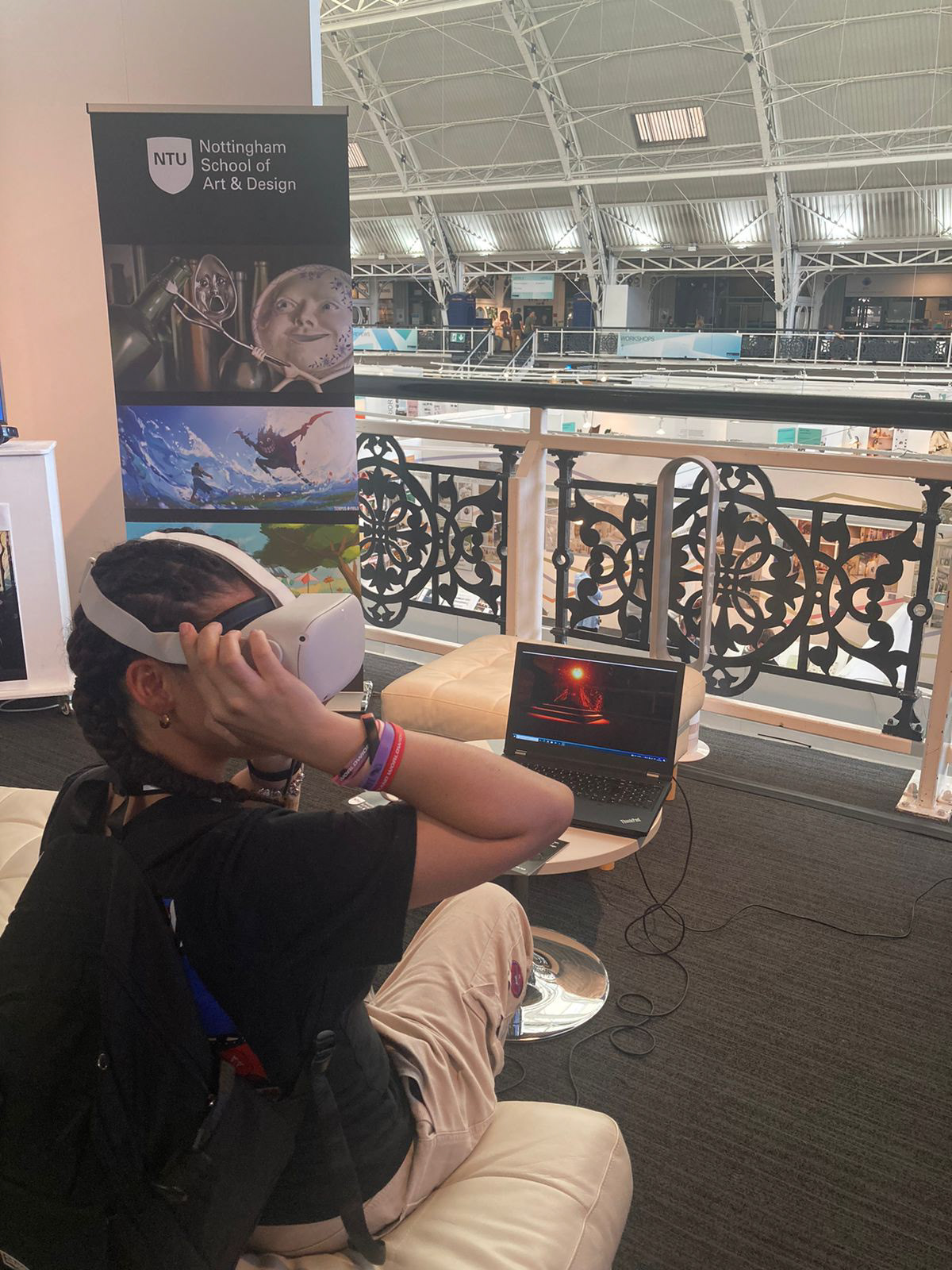
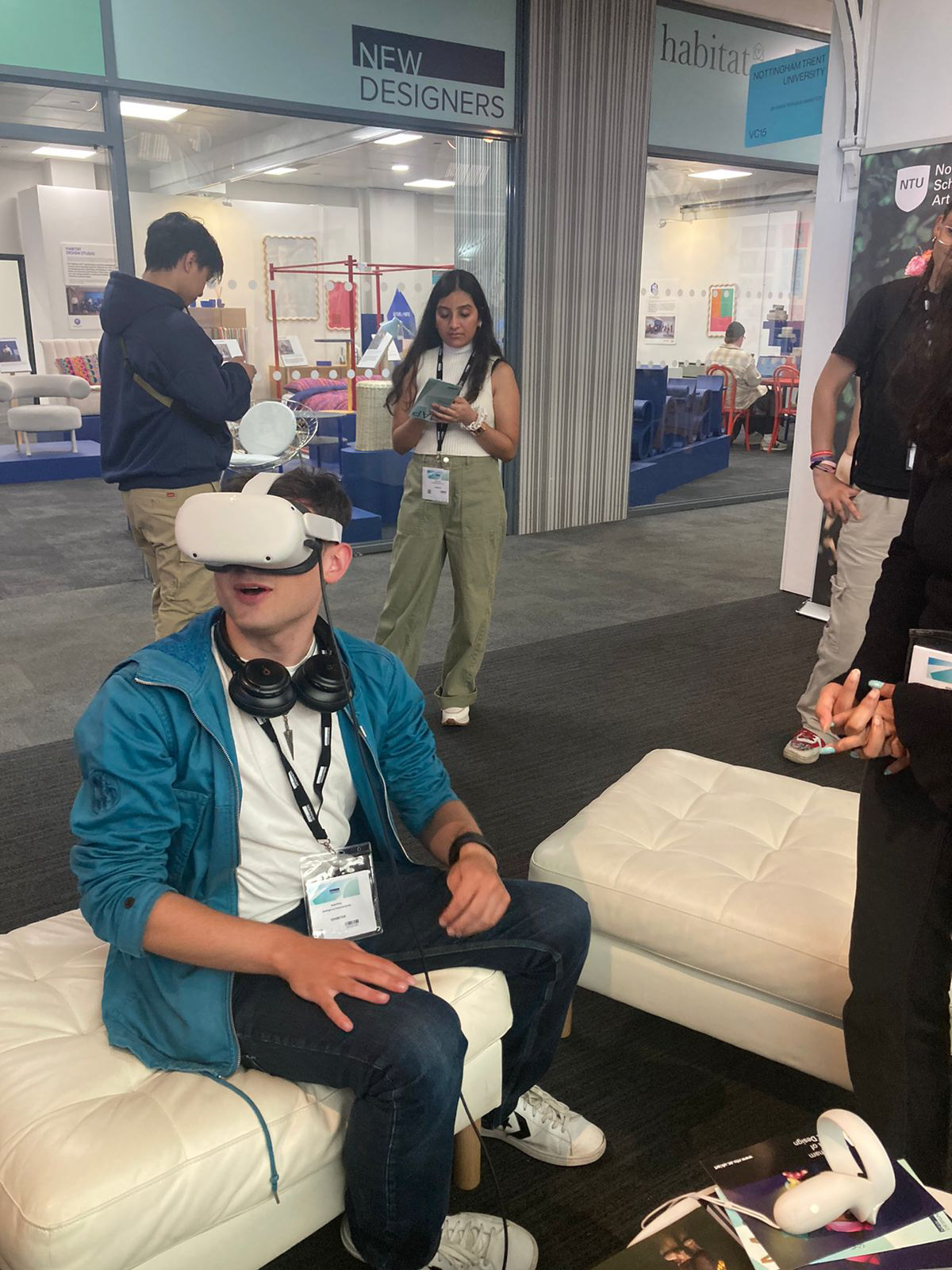
Disclaimer: No AI sites/software were used to create this project.
